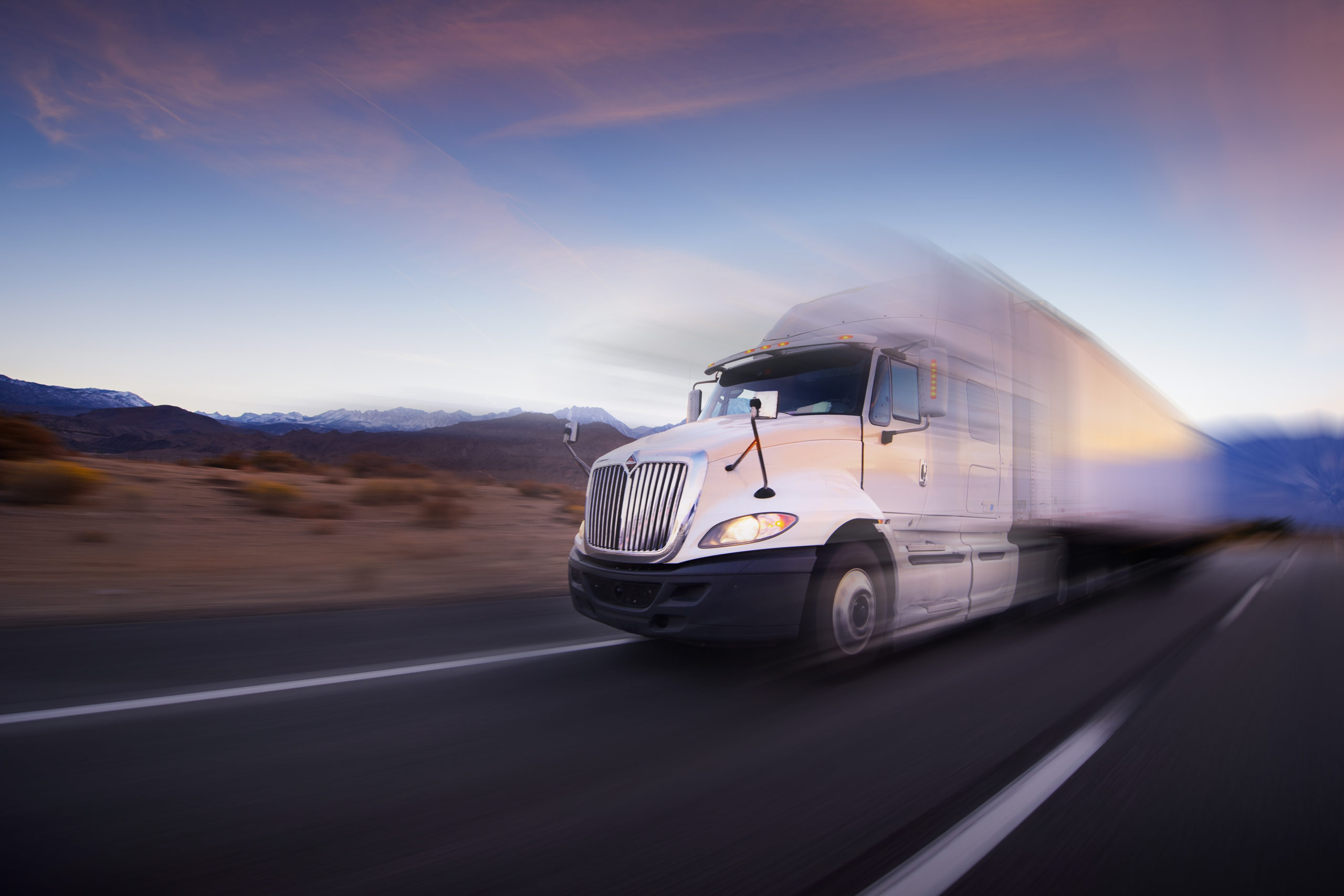Without question, technology is driving the next wave of improvements and efficiencies in shipping, and not least of these is a strong shift towards eco-friendliness. Companies everywhere are choosing supplier-partners based on their green initiatives, and logistics providers are no exception.
Top of that list for our industry are electric trucks and self-driving vehicles, but how close are we to realizing the benefits of these innovations that are good for both the environment and the bottom line?
We’re already seeing autonomous trucks on the road, albeit on a limited scale. Companies like UPS, FedEx, Amazon, and Alphabet (the folks that brought you Google) have invested heavily, and their networks are growing by the day.
Which companies are testing these technologies?
Among the handful of companies pioneering self-driving technology are notable car manufacturers —Daimler, Volvo, Ford, and Tesla among them. However, much of the innovation comes from “pure” technology companies like TuSimple, Waymo, and Einride.
For example, TuSimple (a company that UPS has sunk a lot of investment into) is testing commercial delivery vehicles on routes in AZ and NM. The drive itself is completely automated but supervised by a human.
As for electric trucks, UPS, FedEx, Amazon, and Ikea are banking on wider adoption, which most feel is inevitable as manufacturers continue to prioritize EV technology. Though the number of heavy-duty models in production is currently limited, there is good penetration for vans and mid-size trucks, and we’re already seeing them on the road.
UPS recently inked a deal to take delivery of 10,000 electric delivery vans from Arrival, a company that launched with heavy investment from Kia and Hyundai, but the change won’t happen overnight. The carrier plans to phase out gas vehicles over time and has stated a mandate of carbon neutrality by 2050.
Who is succeeding?
Future aspirations aside (2050 is a long way off), some companies are ahead of the curve. Here are some examples:
- Ikea uses electric trucks for last-mile delivery and has committed to zero-emissions deliveries by 2025.
- Walmart is using autonomous trucks for grocery delivery.
- UPS already has electric vehicles on the road in some markets, and its investment in TuSimple indicates the imminence of an automated fleet.
- Embark Trucks works with many 3PLs and shipping companies and now runs the longest automated freight route in the United States.
What are the hurdles that need to be overcome?
Safety and reliability are the biggest concerns with autonomous vehicles, but the technology improves every day. However, AI still struggles to adjust for certain conditions, an anomaly called “brittleness” that hasn’t been fully solved. Partially covered signs, lane markings, obstacles blowing in front of the truck — all issues easily navigated by a human driver — can cause the AI driving the navigation system to behave in decidedly un-human ways.
As for electric trucks, the availability and diversity of models are currently a hindrance to extensive deployment. Though many electric trucks are in production, supply is lagging behind demand. Plus, we lack a widespread charging infrastructure, and there are currently no standards. Large trucks and semis hauling heavy loads are most challenged, as the extra weight reduces range.
This is where the industry is heading
Electric and self-driving vehicles are pretty much guaranteed to be a significant part of the future of the trucking and logistics industry. The environmental advantages of electric vehicles is clear, and they have very practical applications in specific situations, such as in urban settings where distance is less of an issue.
For its part, autonomous vehicle technology can also address important industry challenges. Right now, companies need new options to help reduce the burden on drivers, address the current labor shortage, reduce costs, and perhaps eliminate most paperwork involved with logistics.
Taken altogether, these two leading technologies are the future of shipping. With rich data at our collective fingertips, optimizations and improvements are assured and risk is reduced, which will ultimately lower the cost of doing business up and down the supply chain.


